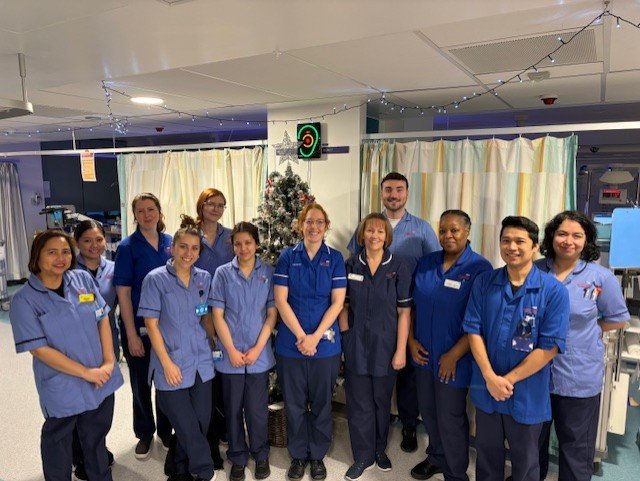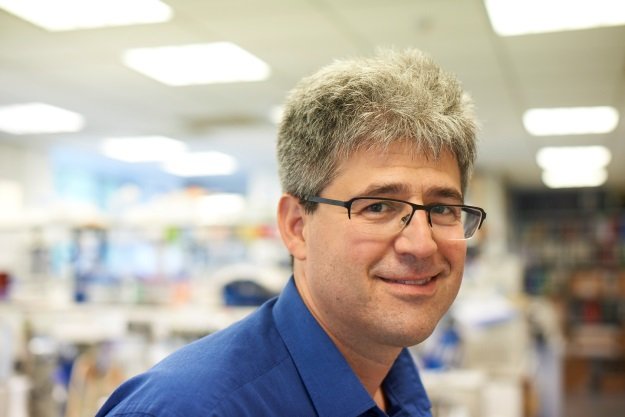
https://www.gosh.nhs.uk/news/what-does-vad-nurse-specialist-do/
What does a VAD Nurse Specialist do?
29 Aug 2018, 4:38 p.m.
During Paul O’Grady’s Little Heroes, we’re shining a spotlight on the wonderful staff across the hospital who help children get better and fulfil their potential. Caitlin Elliot, a Ventricular Assist Device (VAD) Nurse Specialist, featured in episode four and spoke to us about looking after children who need help with their hearts.
Always wanted to work for GOSH
Caitlin Elliott joined Great Ormond Street Hospital (GOSH) in 2015 after working in cardiology at the Royal Children’s Hospital in Melbourne.
“I always wanted to work at GOSH because it’s world renowned for being a paediatric cardiac centre,” says Caitlin. “I love paediatric cardiology – it’s my passion and what I’ve always wanted to do.”
A VAD Nurse Specialist on two of the hospital’s cardiac wards – Bear and Flamingo wards – Caitlin’s role sees her helping patients and families understand the implantation process, to providing training and support. “It’s a challenging role, but I absolutely love it,” she says.
Because so many different teams are involved in caring for patients with ventricular assist devices – machines which pump oxygenated blood around the body – the job also involves talking to lots of members of staff.
“It’s a very multidisciplinary approach,” says Caitlin. “We have weekly meetings with all of the teams to ensure everyone’s aware of what’s happening. Experts in their field all come together to facilitate and brainstorm the best things for each patient."
According to Caitlin, this holistic approach is paramount to quality care for the patients she sees. “There are multiple disciplines – medical, nursing, psychosocial, allied health professionals – all involved in a patient's care,” she says. “There are so many teams that help, and it’s very tailored to each patient and the family's needs as well.”

The Berlin Heart
Paul O’Grady’s Little Heroes introduces you to three-year-old Esme, who we saw waiting for a heart transplant. She was placed on a Berlin Heart: a mechanic, pneumatic pump that effectively takes over the role of the pumping chambers of the heart.
There are different types of VADs, but the Berlin Heart tends to be for younger children. It’s a specialised form of treatment that only two hospitals in the UK offer – GOSH and Newcastle.
Last year, the average amount of time a patient spent on the device was four months, but it varies. “The longest we’ve had has been nearly 14 months, and the shortest has been a week,” Caitlin says.
The wait is primarily dependent on when the transplant and organ become available, so staff can never tell parents how long the wait will be. It’s a complete unknown.
Esme and Belle
The VAD team at GOSH looked after Esme for nearly a year while she was on the Berlin Heart. She named it ‘Belle’ after the character in Beauty and the Beast, and never let the device get in the way of her playing and 'being her cheeky self'.
“Esme’s an amazingly resilient, strong and adaptable child,” says Caitlin. “She has a big imagination and took to the device like a star. Children have a wonderful ability to adapt to these situations, and that’s what we saw in Esme.”
While Esme was on the Berlin Heart, Caitlin's team would facilitate Esme to go outside as much as possible, which involved training both her parents and other staff members beforehand.
“We tried to get them out of the hospital for a change of scenery and for her social and psychological wellbeing,” Caitlin says.
“Patients like Esme don’t get to see trees and the sky and a bird flying. It really lightens up their day and brings up their moods.
“For parents, too, it’s the opportunity to do something that's enjoyable – taking them outside of the hospital environment, even if it's only half an hour you're giving them that time together, that family time.”
Supporting the family

As well as looking after VAD patients, a big part of Caitlin’s role is providing support for families – many of whom move into hospital accommodation for an unknown period, as there’s no end goal other than the transplant.
“Families often face an extremely difficult journey,” she says, “it’s really hard to even fathom what they’re going through – so an important aspect of the role is to provide support to them in varied ways.”
Today
Since her transplant, Esme has thrived.
“It has given her the gift of life and it has been heartwarming to see her recover so quickly and run around full of energy with her parents and siblings,” says Caitlin.
Inspired by Caitlin's story and her care of Esme, and interested in becoming a nurse at GOSH? Read how to join our wonderful nursing team.
And interested in other careers at GOSH? Explore our careers pages.

GOSH Neonatal teams excelling in family-centred care
GOSH NICU has been awarded Bliss Baby Charter Silver Accreditation - a prestigious recognition of excellence in family-centred care.

New Director Designate announced for NIHR GOSH Biomedical Research Centre
Professor Paul Gissen has been announced as the Director Designate of the NIHR GOSH Biomedical Research Centre.

Share your nominations for the GOSH Staff Awards 2025
Nominations are now open for the GOSH Staff Awards 2025. The GOSH Staff Awards recognise and celebrate our colleagues and teams who have gone above and beyond over the past year.

Healthcare Scientist Award Winners 2025
As part of Healthcare Science Week, we hosted an awards ceremony to celebrate our scientists. See the winners for each category below.
